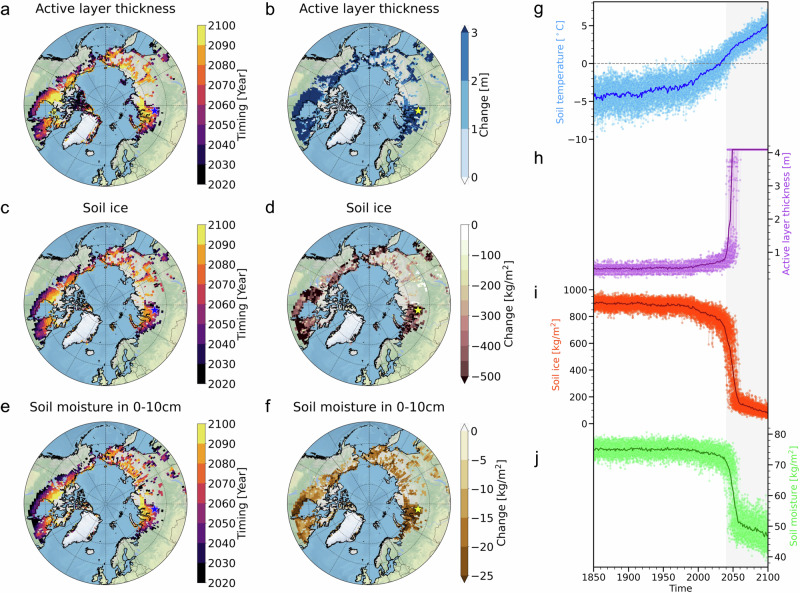Fig. 1. Abrupt changes over the historical permafrost regions.
The timing of abrupt changes in (a) maximum annual active layer thickness (ALT), (c) soil ice content, and (e) soil moisture in 0–10 cm depth, which is defined by a median year among abrupt changes from the 50 ensemble members (units: year). The abrupt changes of (b) ALT (units: m), (d) soil ice content (units: kg/m2), and (f) soil moisture in 0–10 cm depth (units: kg/m2), which is defined by differences during 20 years of pre- and post- abruptness. Blue (or yellow) star markers in panels a–f indicate a representative grid box in western Siberia (65.5°N, 83.75°E). Time evolution of (g) soil temperature in 0–10 cm depth (units: °C) (blue), (h) ALT (units: m) (purple) for an exemplary grid point in the representative grid box (65.5°N, 83.75°E), (i) soil ice content (units: kg/m2) (red), and (j) soil moisture in 0–10 cm depth (units: kg/m2) (green) in 50 ensemble members. Bold lines indicate ensemble means and thin lines indicate individual ensemble members in panels g–j. Here we focus on near-surface permafrost processes. We therefore define the historical permafrost regions as the area where ALT is less than 3 m for the period of 1850–186954–56.

